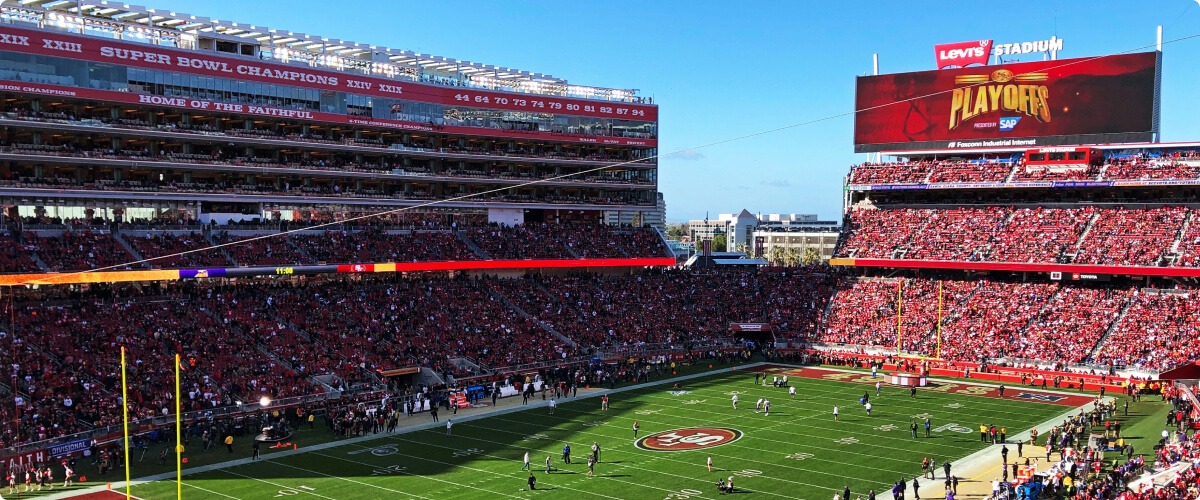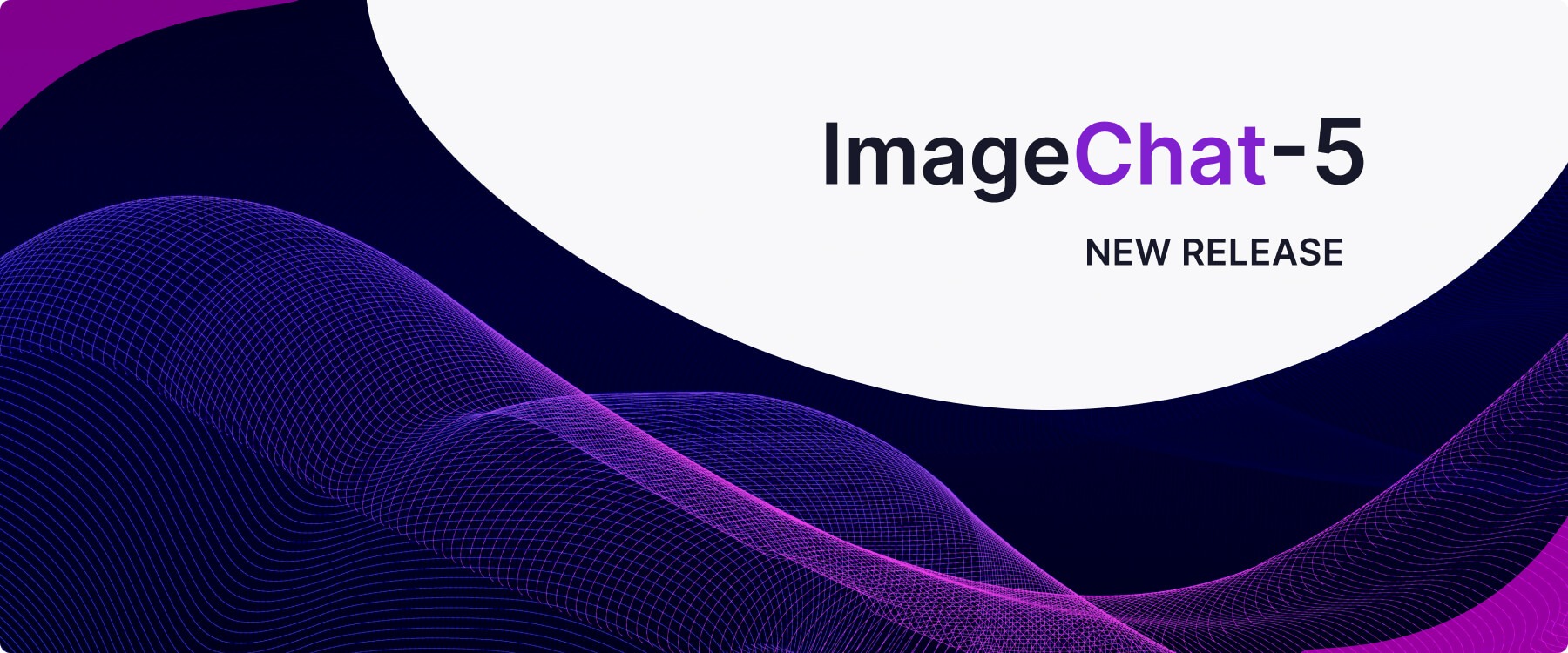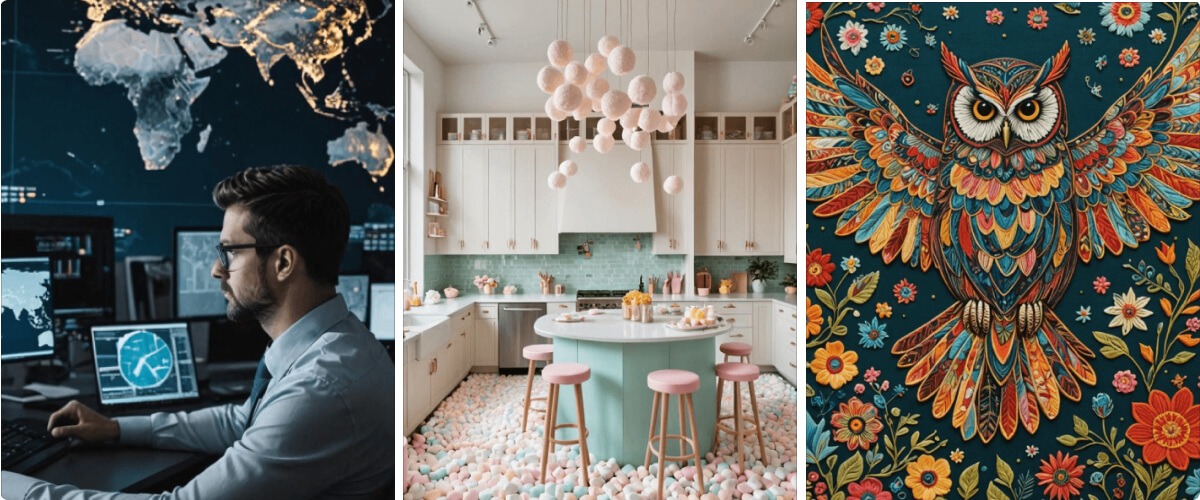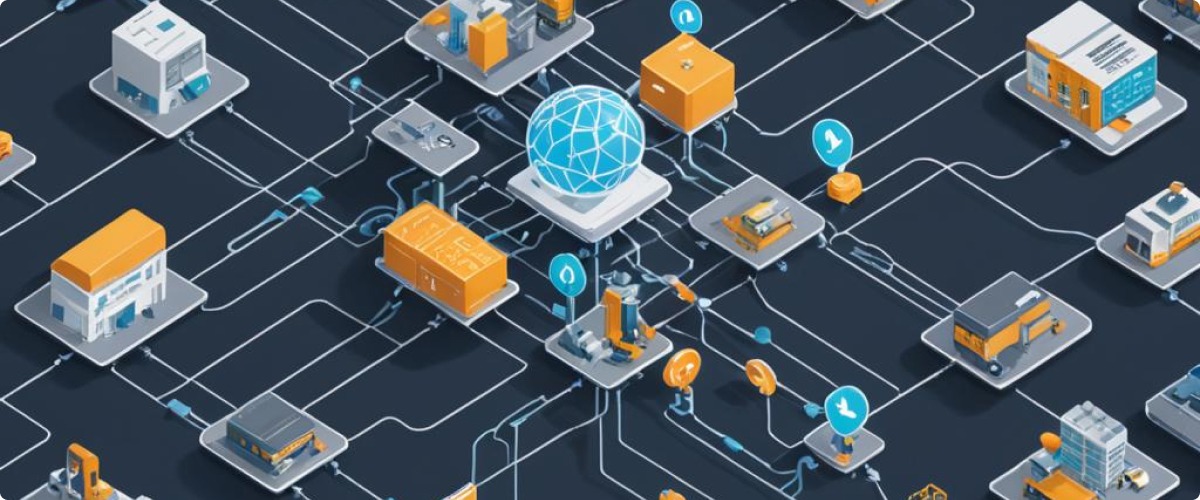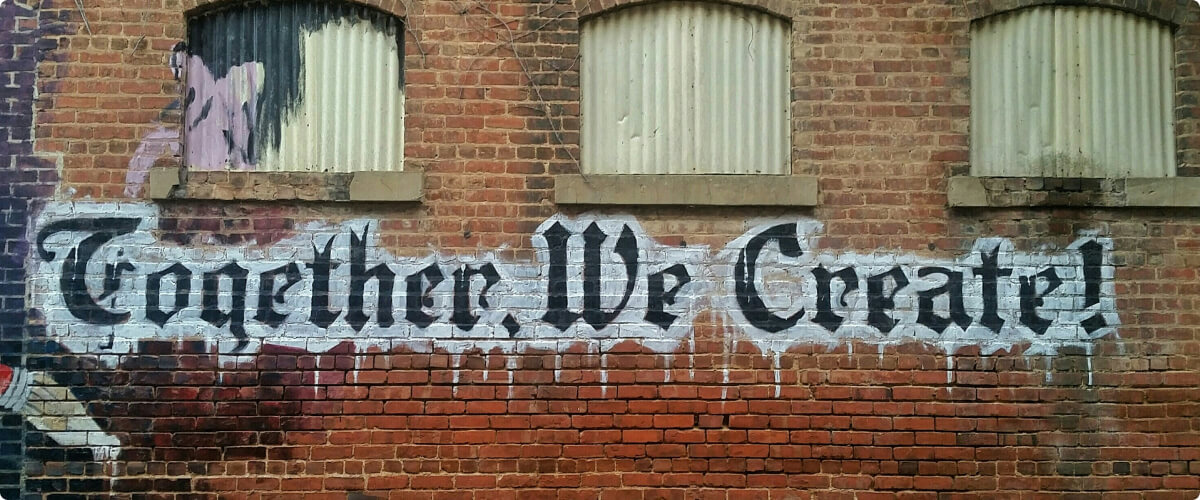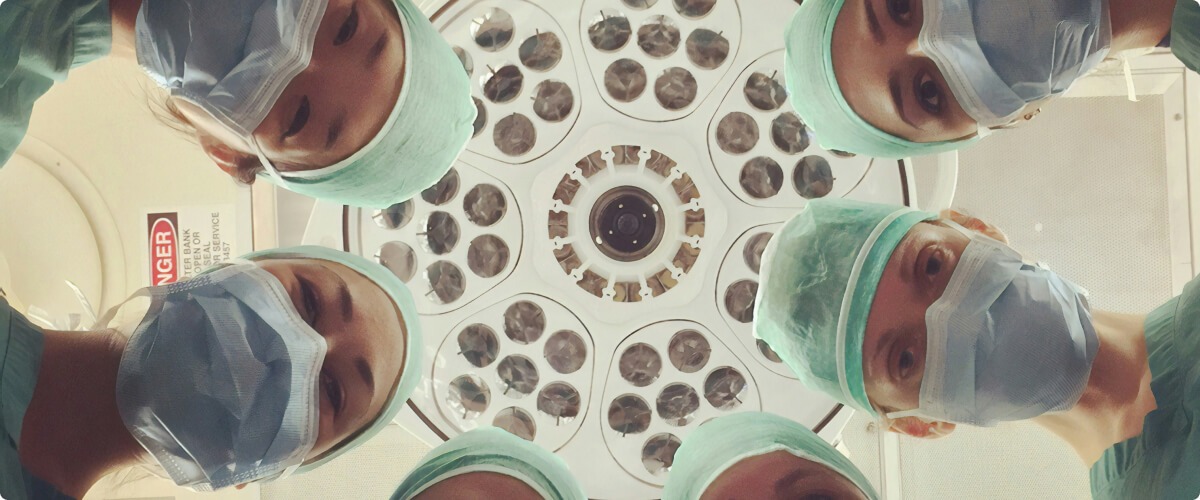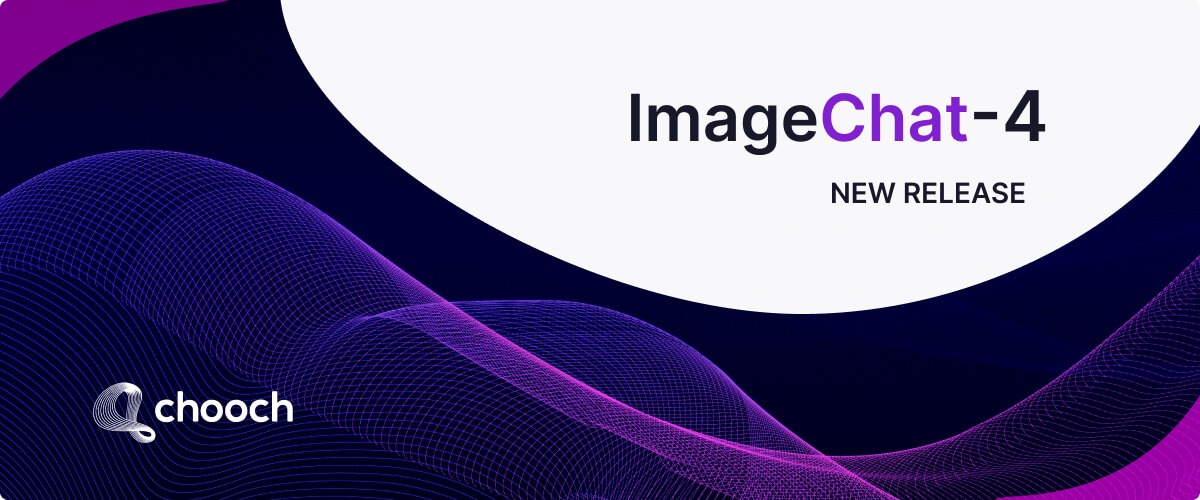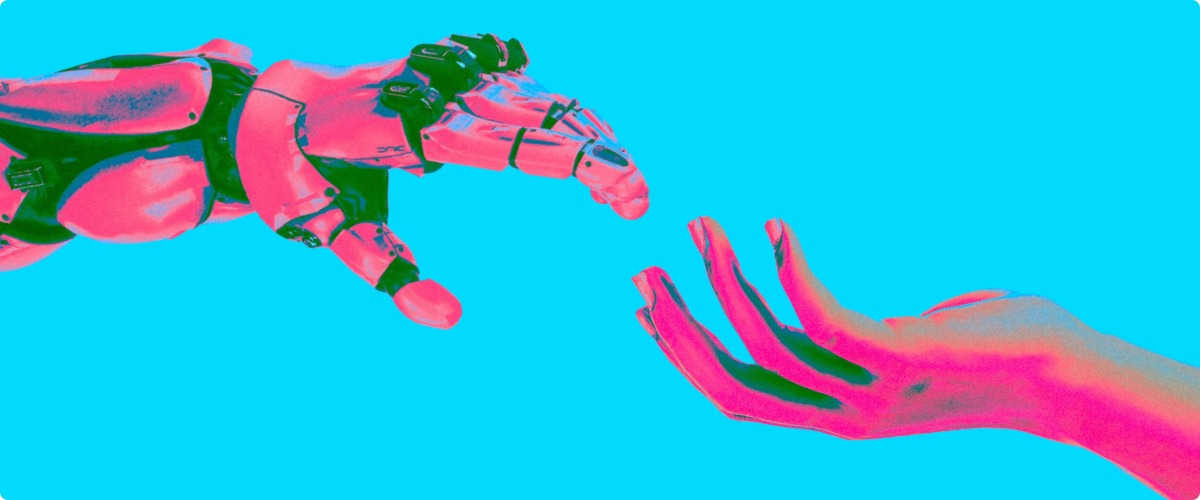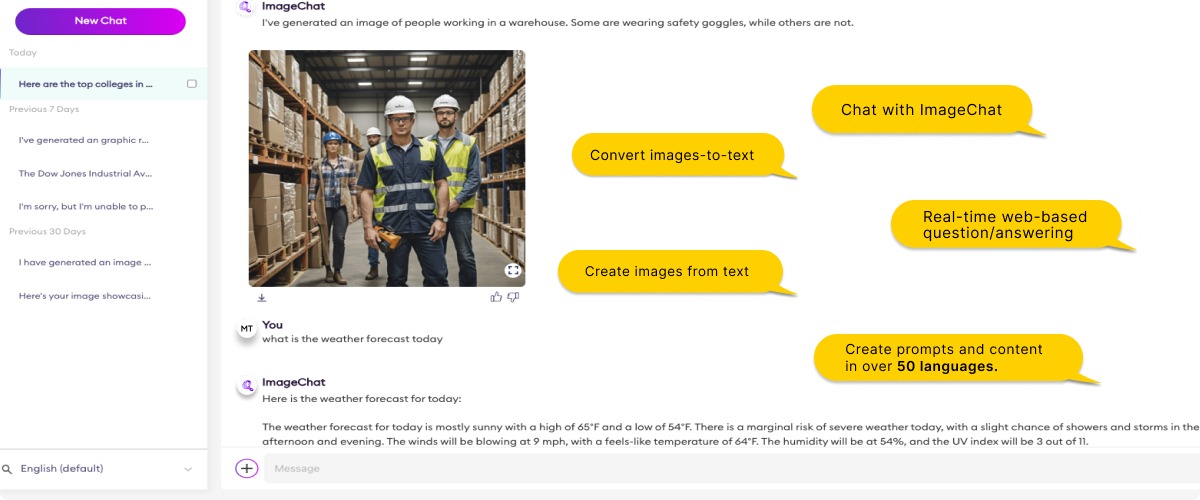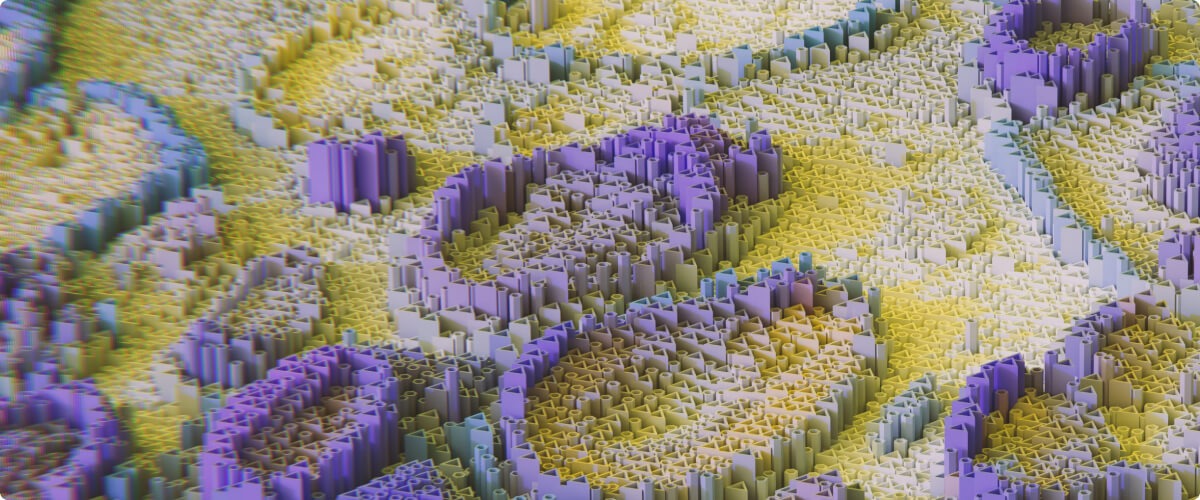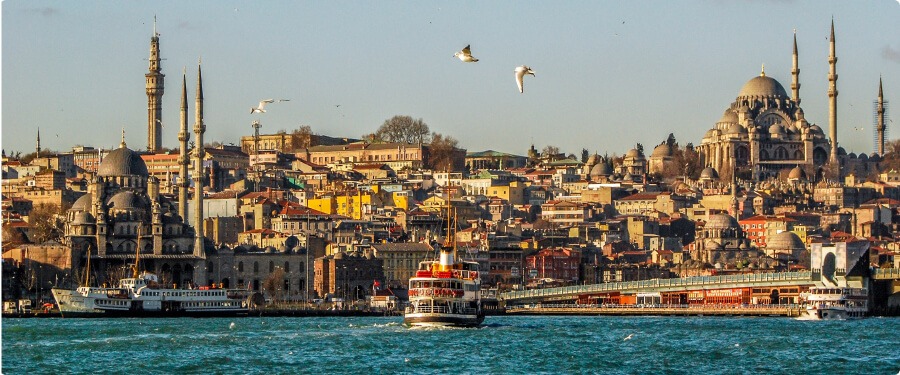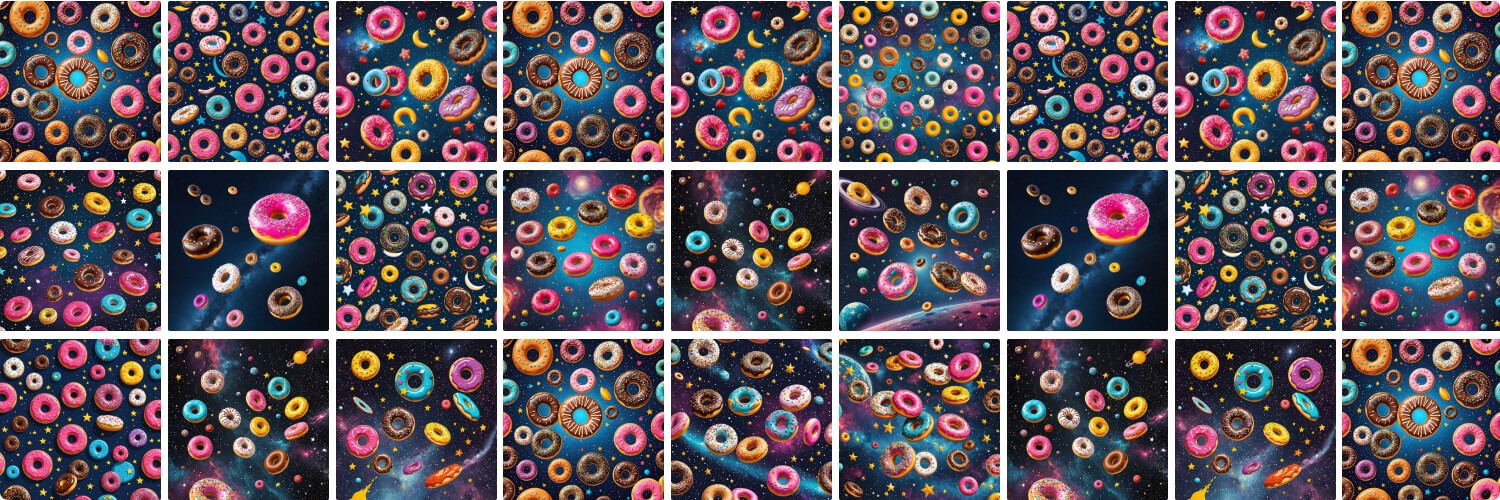AI and image-to-text conversion technology have significantly advanced visual search, allowing users to find information using images instead of text. Unlike traditional methods that relied on basic image matching, deep learning models such as convolutional neural networks (CNNs) now enable the understanding of intricate visual patterns and context.
With the help of AI algorithms, images can be analyzed to recognize objects, scenes, and text within them. This enables more accurate image matching and delivers personalized, relevant results to users. Additionally, machine learning allows these systems to continually enhance their performance based on user data.
A significant breakthrough in this field is optical character recognition (OCR), which facilitates the conversion of text from images, further improving the capabilities of visual search systems.
How Image-to-Text Conversion Works
Image-to-text conversion extracts text from images using optical character recognition (OCR).OCR recognizes and extracts existing text within the image, making it machine-readable. This extracted text can then be used for various purposes such as indexing, searching, translation, or accessibility enhancement.
The Image-to-Text conversion process involves:
- Preprocessing: Enhances image quality for analysis by removing noise.
- Segmentation: Separates the image into components like words and characters.
- Pattern Recognition: Identifies components by matching visual features to trained datasets.
- Machine Learning: Maps segmented visuals to corresponding text representations using trained models.
- Text Extraction: Outputs the recognized text in a machine-readable format.
This extracted text bridges the gap with text-based search, allowing users to find images based on their textual content like quotes, descriptions, or signs.
Benefits and Use Cases of Image-to-Text Conversion
Image-to-text conversion technology provides numerous benefits across different domains, revolutionizing how we interact with and leverage visual information. Here are some key advantages:
- Improved Accessibility
By extracting text from images and multimedia, this technology enhances accessibility for visually impaired individuals. Converted text can be read aloud by screen readers, displayed in braille, or presented in other accessible formats, ensuring no one is left behind in today’s visually rich digital world. - Bridging the Visual-Textual Divide
Image-to-text acts as a bridge between visual and textual data. This opens new possibilities for search, analysis, and understanding of multimedia content, enabling us to unlock insights and knowledge that were previously inaccessible. Real-time image/video recognition can identify and extract text from scenes like street signs, restaurant names, instructions etc. - Enhanced Search and Discovery
By extracting text from images, users can now search for and discover images based on the text they contain, such as quotes, labels, or descriptions, making it easier to find relevant and contextual visual information. This is particularly useful in moderating user generated content to detect inappropriate or illegal content. - Data Extraction and Digitization
This technology streamlines the process of extracting textual data from physical documents, images, and other visual sources. It enables efficient digitization of large archives, making information more accessible and easier to analyze, process, and preserve. This is useful for libraries, academic institutions, publishers and more. - Automation and Productivity Gains
By automating the extraction of text from visual sources, image-to-text conversion reduces the need for manual data entry and transcription, leading to significant productivity gains and cost savings across various industries and workflows. In many workflows that involve digitizing information from paper forms, files, invoices etc., image-to-text can automate extracting the text data rather than manual entry. - Multimodal Understanding
With the ability to extract text from visual sources, image-to-text conversion facilitates a deeper, multimodal understanding of content. It allows for the integration of textual and visual information, enabling more comprehensive analysis, interpretation, and decision-making. - Language Translation
Extracted text can be seamlessly integrated with language translation tools, enabling the translation of textual content within images and multimedia across different languages, breaking down language barriers and fostering global communication.
These benefits highlight the transformative potential of image-to-text conversion, empowering individuals, businesses, and organizations to unlock the full value of visual information in an increasingly digital and data-driven world.
Use Cases for Image-to-Text Conversion
Here are some key use cases and applications for image-to-text conversion technology:
- Visual Search Engines
As covered in the blog post, one of the primary use cases is enhancing visual search capabilities on the web and within apps/platforms. By extracting text from images, visual search engines can allow users to search for images based on the text they contain like quotes, signs, labels, etc. - Text Recognition in Photos/Videos
Real-time image/video recognition can identify and extract text from scenes like street signs, restaurant names, instructions etc. The ability to “read” text within user-uploaded images can aid content moderation efforts to detect inappropriate or illegal content. - Accessibility Tools
Image-to-text conversion can be integrated into accessibility tools and software to help visually impaired users better comprehend images and documents. The extracted text can be read aloud or output in formats like braille. - Language Translation
Extracted text can be input into language translation tools, enabling translation of text contained within images and multimedia across languages.
Overall, image-to-text bridges visual and textual data, unlocking new capabilities across search, accessibility, automation and understanding multimedia content. Its applications continue to expand as the technology advances.
Challenges with Implementing Image-to-Text Conversion using OCR
There are several key technical challenges involved in implementing accurate and robust image-to-text conversion systems:
- Variations in Text Style, Font, Size
OCR algorithms must be able to handle a wide variety of text styles, fonts, sizes, colors etc. within images. This increases complexity compared to processing simple documents. - Image Quality Issues
Poor image quality due to factors like blurriness, skew, low resolution, uneven lighting etc. can significantly impact OCR accuracy. Preprocessing is critical but has its limits. - Complex Backgrounds/Patterns
Text embedded within images with complex backgrounds, patterns or textures behind/around the text increases the difficulty of separating and extracting the textual elements accurately. - Multi-Language Support
For global deployment, OCR systems need the capability to recognize text in a wide range of languages and scripts beyond just Latin-based languages. - Computational Requirements
The combination of advanced machine learning models and the large volumes of image data involved demands significant computational resources for efficient OCR processing. - Non-Textual Elements
Distinguishing and separating text from other visual elements like logos, graphics, icons etc. within images poses challenges. - Data Privacy Concerns
As images may contain personal/sensitive information, implementing proper privacy safeguards like redaction or anonymization is necessary.
Continued research is addressing these challenges through techniques like few-shot learning, data synthesis, model compression and optimization, federated learning and more. As computer vision and AI continue to evolve, we can expect image-to-text conversion to become increasingly seamless, accurate, and omnipresent, driving innovations across industries and reshaping how we interact with and leverage visual information in our daily lives.
Experience the Future of Visual Computing – Try ImageChat Today!
Don’t just read about the power of image-to-text and text-to-image AI – experience it for yourself with ImageChat. With ImageChat, you can extract text from documents, describe visual scenes in natural language, and even generate stunning visuals from text prompts—all within an intuitive chat interface.
Try it instantly on your desktop at: https://imagechatweb.chooch.ai/register Or download the free app in App store.

